Let’s Get Real About Smooth Skin: Your Guide to Fixing Texture for Good
After years spent in the treatment room, I’ve learned one simple truth that most brands won’t tell you: Smooth skin doesn’t come from a single magic bottle. Not even close. It comes from understanding your skin as a complete, living system.
In this article
- First Things First: What Are We Even Trying to Fix?
- Exfoliation: The Most Powerful Tool (When Used Right)
- Hydration and Your Skin Barrier: The Unsung Heroes
- Let’s Talk About the Real MVP: Sunscreen
- Ready to Level Up? Advanced Ingredients & Pro Help
- So, How Do You Put It All Together?
- A Final, Realistic Thought
- Inspirational Gallery
I’ve seen it all—from stubborn breakouts to the natural texture changes that happen over time. The goal is always the same: to get skin that isn’t just smooth to the touch, but is genuinely healthy from the inside out. So, let’s forget the quick fixes and marketing hype. Real, lasting results come from consistent, smart choices.
This guide is basically the game plan I share with my clients. We’re going to dive into what skin texture actually is, cover the techniques that truly work, and figure out why some products are superstars while others just gather dust on your shelf. Think of this as the framework for finally understanding your own skin. With this knowledge, you can build a routine that leads to the strong, smooth texture you’re looking for.

First Things First: What Are We Even Trying to Fix?
Before we can improve skin texture, we have to know what we’re dealing with. The part of your skin you can see and feel is a protective outer layer. Think of it like a well-built brick wall. The “bricks” are skin cells, and the “mortar” holding them together is a mix of natural fats like ceramides, cholesterol, and fatty acids.
When this wall is strong and the mortar is solid, it holds moisture in and keeps irritants out. The result? Your skin feels soft and smooth. But when it’s damaged, things get rough, flaky, and sensitive in a hurry.
The smoothness of this wall also depends on a natural shedding process. In healthy skin, the oldest, outermost cells fall off in an orderly fashion. But as we get older, or due to things like sun damage, this process gets sluggish and messy. Cells pile up unevenly, which is what gives skin that rough, dull look. So, a huge part of improving texture is just helping your skin get back on its natural schedule. This is where exfoliation comes in, and understanding this basic biology is what turns skincare from a guessing game into an effective strategy.
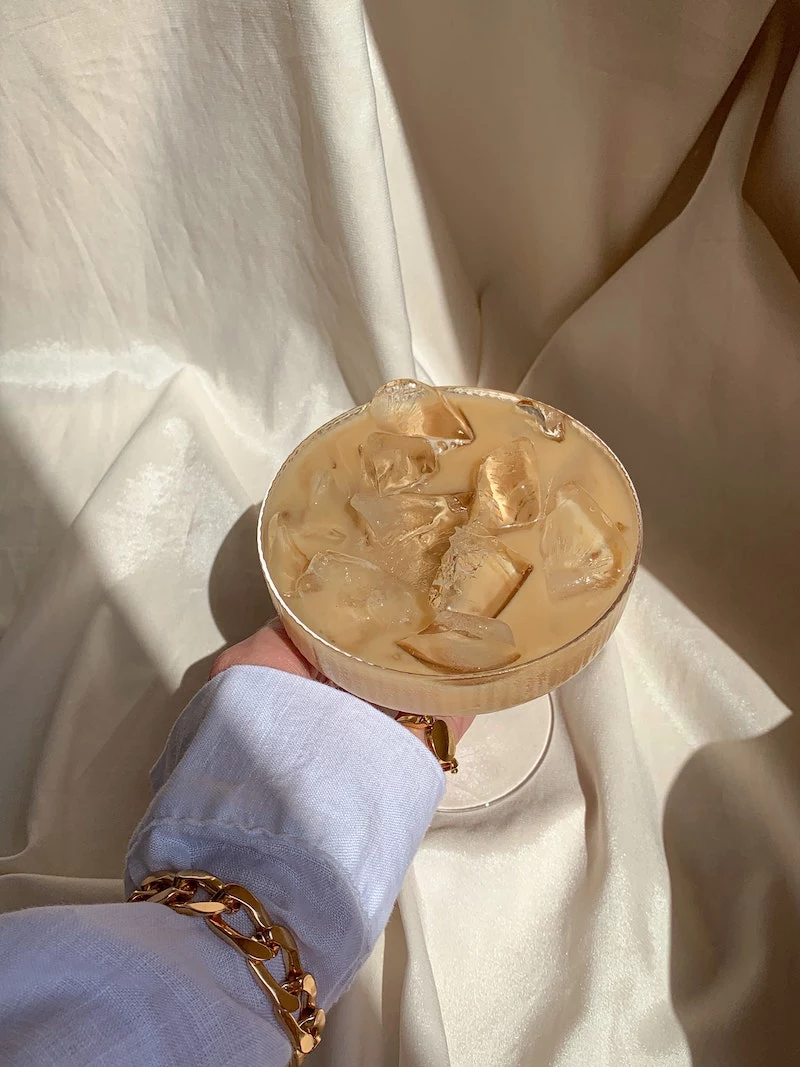
Exfoliation: The Most Powerful Tool (When Used Right)
Exfoliation is probably the quickest way to see a difference in your skin’s texture. It’s also the easiest to mess up. Honestly, I’ve seen more skin barriers get wrecked by aggressive scrubbing than just about anything else. The goal is to gently lift away dead cells, not to sandblast your face.
Let’s break down the main types, because choosing the right one is everything.
Chemical Exfoliants: The Smart Way to Smooth
These sound intense, but they’re often gentler than a physical scrub. They use acids or enzymes to dissolve the ‘glue’ holding dead cells together, letting them shed easily. They work on a microscopic level for a really even finish.
- Alpha-Hydroxy Acids (AHAs) are water-soluble, so they work on the skin’s surface. They’re fantastic for tackling dullness and sun damage. The two most popular are Glycolic and Lactic Acid. Glycolic acid has smaller molecules, so it works fast, but it can be a bit much for sensitive skin. Lactic acid is its gentler cousin; it works a bit slower and actually helps hydrate the skin. By the way, this makes it a perfect starting point. To get started: Look for a product with 5% to 8% lactic acid. You can find amazing, budget-friendly options like The Ordinary Lactic Acid 5% for around $8, or if you feel like treating yourself, Sunday Riley Good Genes is a cult classic that runs about $85.
- Beta-Hydroxy Acid (BHA) is pretty much just Salicylic Acid. Unlike AHAs, it’s oil-soluble. This is its superpower. It can get down inside your pores to clear out oil and gunk, making it the absolute gold standard for blackheads and breakouts. It’s also anti-inflammatory, which helps with the redness. Good to know: A 2% BHA liquid is a game-changer for oily or congested skin. The undisputed champion here is Paula’s Choice 2% BHA Liquid Exfoliant (around $34), but The Inkey List Salicylic Acid Cleanser is a great wallet-friendly choice at about $12. Heads up! If you have an aspirin allergy, you should steer clear of salicylic acid.
- Poly-Hydroxy Acids (PHAs) are the new kids on the block. Think of them as AHAs for sensitive skin. Their molecules are much larger, so they work very slowly and cause almost no irritation. I often suggest these for my clients with rosacea or eczema who thought they could never use an acid.
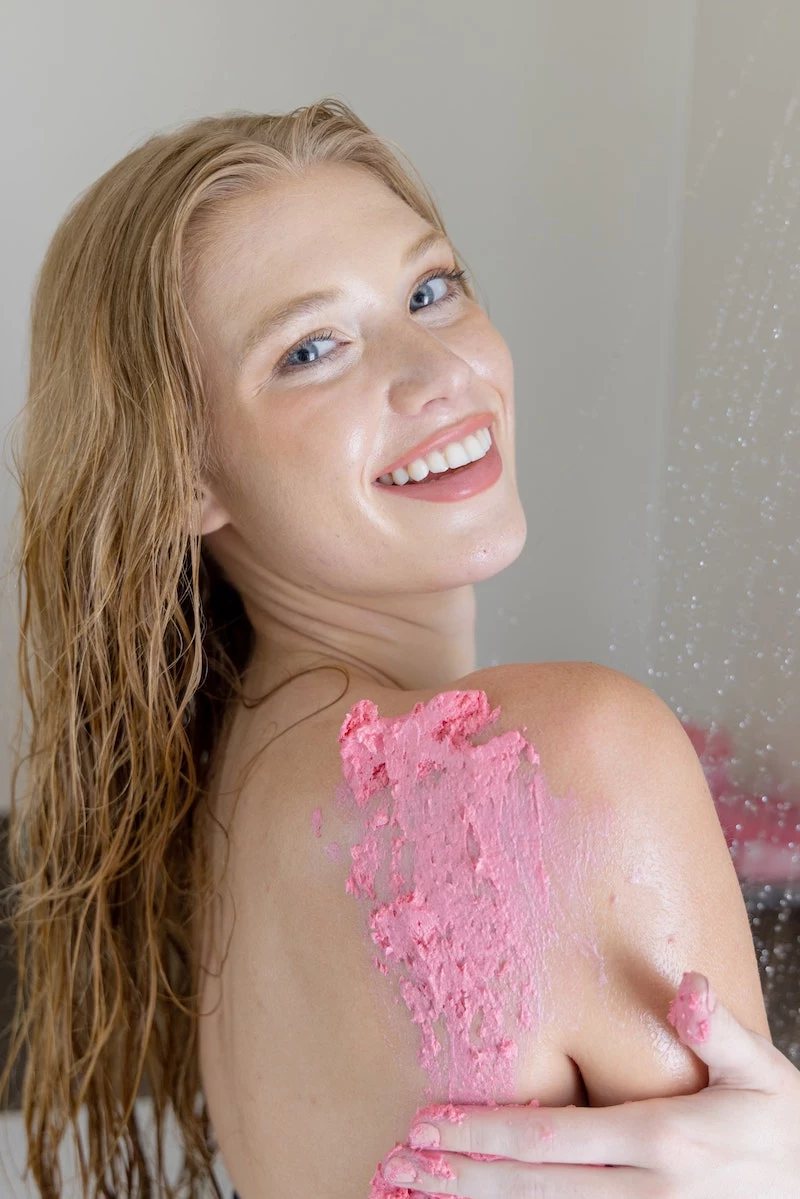
Physical Exfoliants: The Gentle Touch
Physical exfoliation has a bad rap, mostly thanks to those infamous scrubs with jagged bits of nut shells or fruit pits. (Yes, I’m talking about that apricot scrub.) Those can create tiny tears in the skin and lead to a world of trouble. I’ve had clients spend months repairing the damage.
But there is a safe way to do it! Using a soft, clean washcloth with your cleanser is a form of gentle daily exfoliation. Another great option is using finely milled powders, like rice bran or oat flour, that you mix with water to form a soft paste. They polish without scratching. The key is to use almost no pressure. Let the product do the work.
How to Exfoliate Without Freaking Your Skin Out
Over-exfoliation is real, and it looks like redness, tightness, and a weird, waxy shine. To avoid it, just follow a few simple rules:
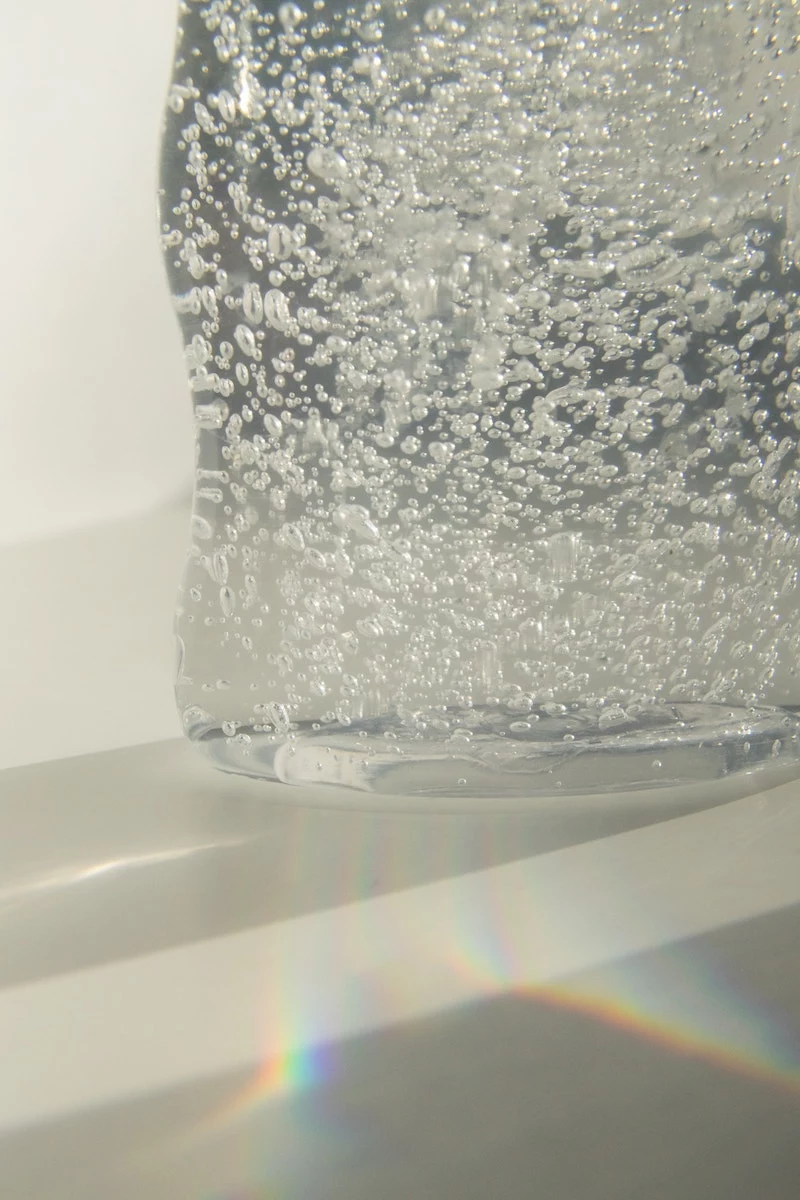
- Start slow. Once or twice a week is plenty at the beginning.
- Pick one. Don’t use a chemical exfoliant and a physical scrub on the same day. That’s asking for trouble.
- Do it at night. Exfoliation can make you a bit more sun-sensitive, so it’s best to do it before bed.
- Sunscreen is NOT optional. I’m going to say this a lot. You’re revealing fresh new skin cells, and you have to protect them. A broad-spectrum SPF is a must, every single day. No excuses!
Hydration and Your Skin Barrier: The Unsung Heroes
You can’t have smooth skin without a healthy skin barrier. It’s that simple. This barrier is what keeps the good stuff (moisture) in and the bad stuff (irritants) out. A hydrated skin cell is plump and happy, reflecting light for a smooth, dewy look. A dehydrated cell is shriveled and sad, making skin look rough.
Effective hydration is a two-step process: you need to add water, and then you need to lock it in.
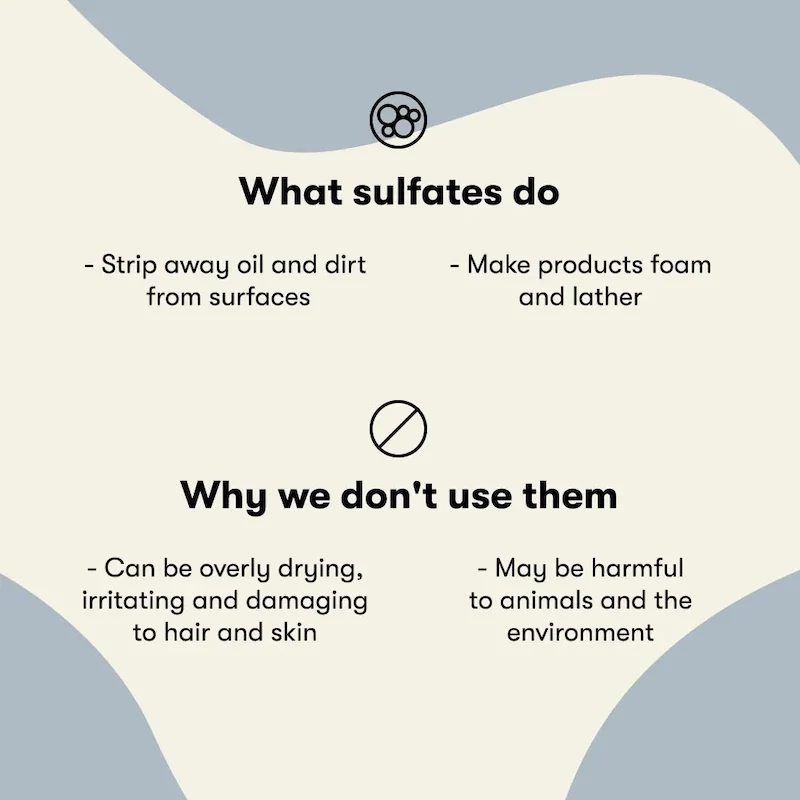
- To Add Water (Humectants): These ingredients are like little magnets for moisture. Think Hyaluronic Acid, Glycerin, and Panthenol. Quick Tip: Here’s a trick I tell everyone—apply your humectant serums to DAMP skin. If you put something like hyaluronic acid on bone-dry skin, it can actually pull moisture out of the deeper layers, making you feel even tighter. A little dampness gives it water to grab onto. Try it tonight; you’ll feel the difference.
- To Lock It In (Occlusives): These form a protective seal over the skin to stop that moisture from evaporating. Petrolatum is the classic, but modern silicones (like dimethicone) give a much more elegant, non-greasy feel. Shea butter is great, too. This should be the final step in your nighttime routine to seal everything in.
- To Smooth the Surface (Emollients): These are the lipids that fill in the gaps between your skin cells—the “mortar” for your brick wall. The best barrier repair creams will have a mix of ceramides, cholesterol, and fatty acids. Squalane is another amazing one that feels very natural on the skin.
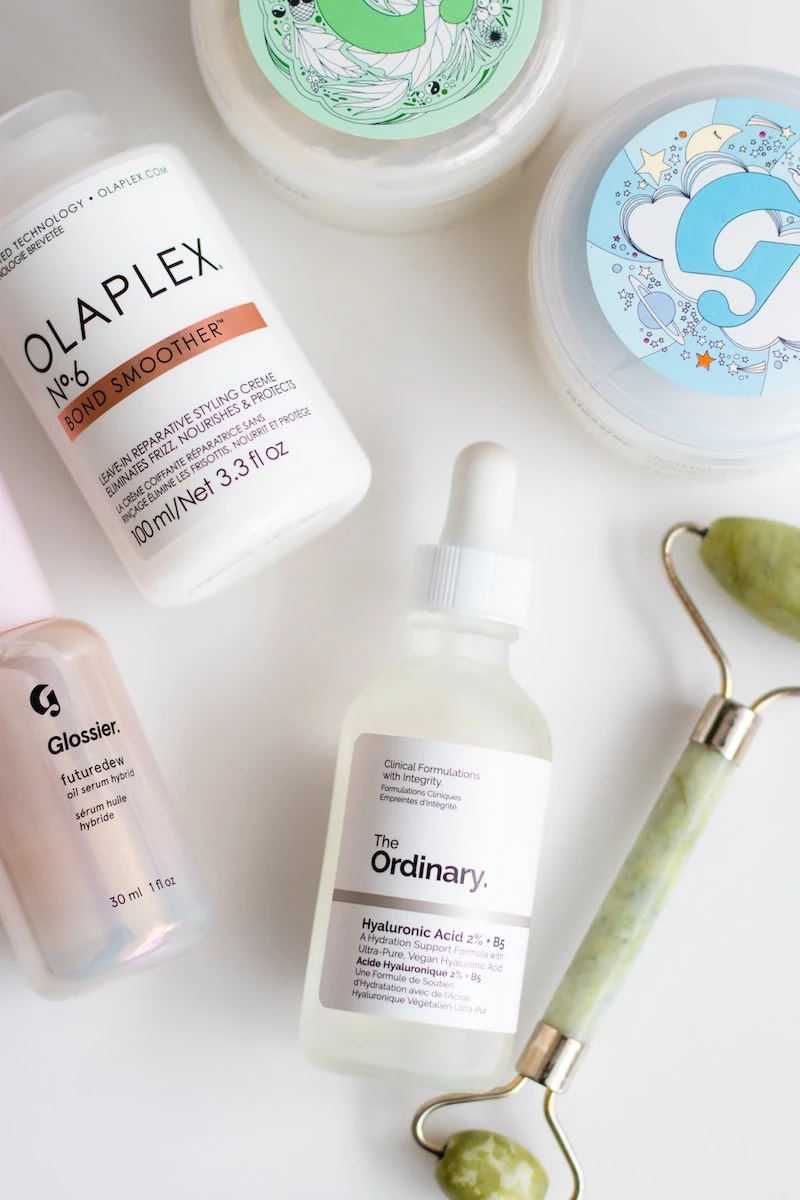
Let’s Talk About the Real MVP: Sunscreen
If you only do one thing from this entire guide, please, let it be this. Wear sunscreen. Every day. I can almost always tell how diligent a person is with their SPF just by looking at their skin’s texture. UV radiation breaks down the collagen that keeps your skin firm and smooth. Over time, that damage leads to a rough, leathery texture.
Protecting your skin is the single most effective thing you can do to keep it smooth for life. Make sure your sunscreen is broad-spectrum, SPF 30 or higher. And you have to use enough! A common mistake is not applying nearly enough to get the protection listed on the bottle. The “two-finger rule” is a great guide: squeeze a line of sunscreen on your index and middle fingers. That’s the right amount for your face and neck.
Ready to Level Up? Advanced Ingredients & Pro Help
Once you’ve nailed the basics of exfoliating, hydrating, and wearing sunscreen, you can think about adding some powerhouse ingredients. These require a bit of patience to introduce.
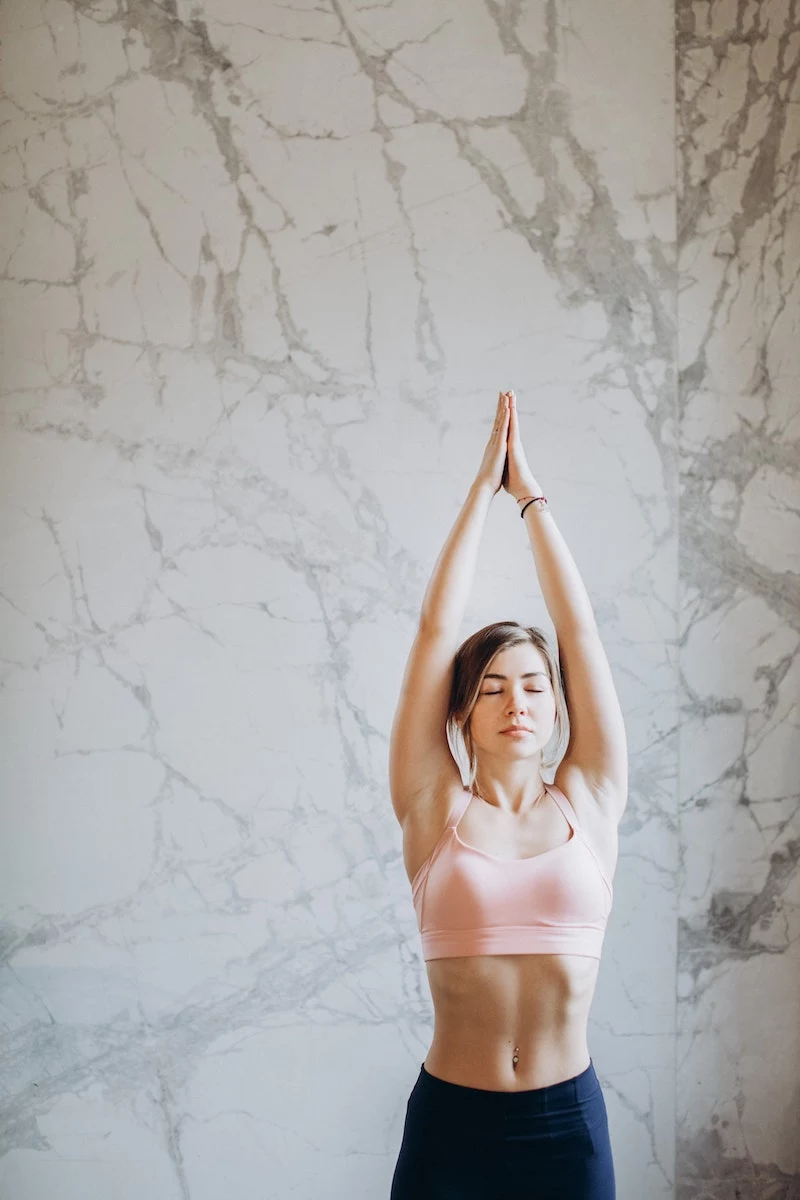
Retinoids: The Gold Standard for Skin Renewal
Retinoids are a family of Vitamin A derivatives, and they are one of the most proven ingredients in all of skincare. They work by telling your skin cells to behave like younger, healthier versions of themselves, speeding up turnover and boosting collagen.
I had one client who was absolutely terrified of trying retinoids because she heard they were harsh. We started her on a gentle, over-the-counter retinol using the “sandwich method” (moisturizer, then retinol, then more moisturizer). Six months later, the improvement in her skin’s texture and tone was just remarkable.
If you want to try them, start at the bottom and work your way up. Begin with a low-strength Retinol (0.25% or 0.3%) just two nights a week. And again, you must be religious about sunscreen. Retinoids are also not safe for use during pregnancy or while breastfeeding.
When At-Home Care Isn’t Enough
Sometimes, you need to bring in the pros, especially for things like deep acne scarring or significant sun damage. Professional treatments can deliver results that topical products just can’t.
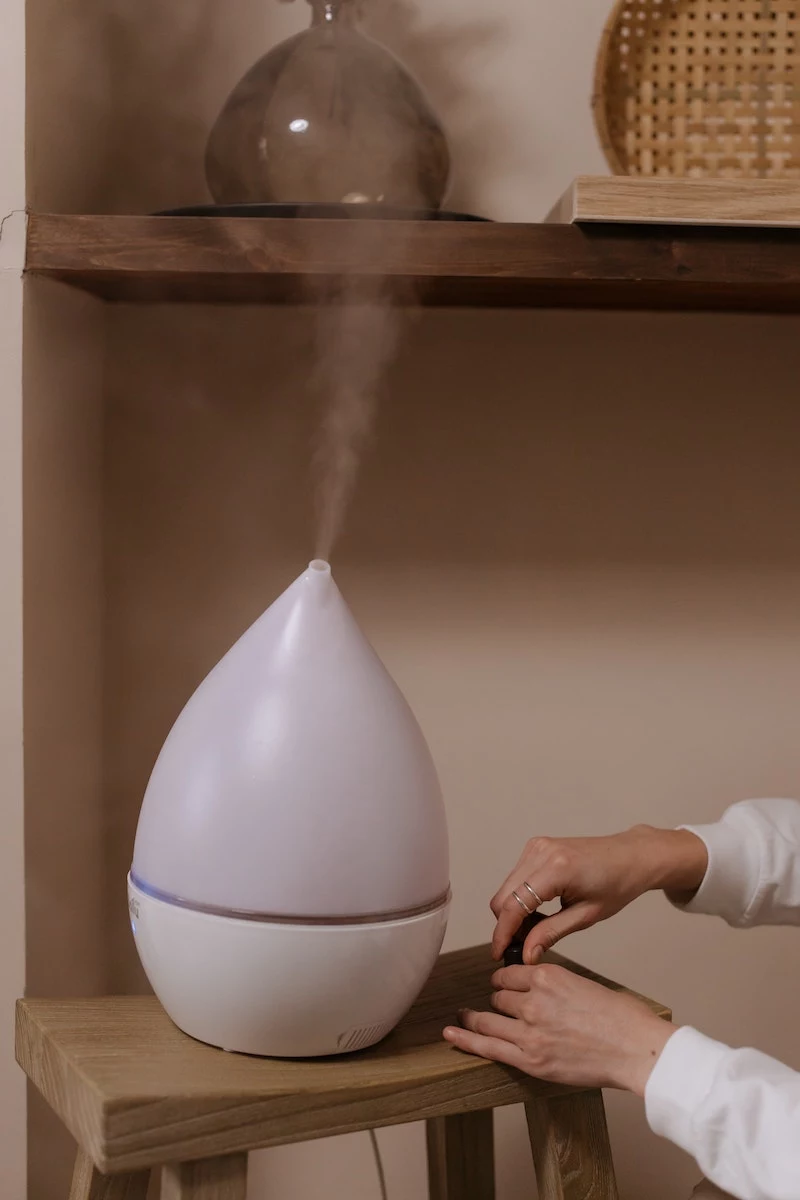
- Professional Chemical Peels: These use much higher acid concentrations for a more dramatic resurfacing.
- Microneedling: This creates tiny, controlled injuries to the skin, which kicks your body’s collagen production into high gear. To manage expectations, a single session can cost between $200 and $700, and you’ll likely need a series of 3-5 for the best results.
- Laser Resurfacing: These can either remove skin layers with precision or heat the underlying tissue to stimulate collagen.
A word of caution: These are serious procedures. Always, always go to a board-certified dermatologist or a highly experienced, licensed esthetician. The cost of fixing a botched job is always way higher than the cost of doing it right the first time.
So, How Do You Put It All Together?
Okay, that was a lot of information. You’re probably wondering what this actually looks like day-to-day. Here’s a super simple, barrier-first routine to get you started.
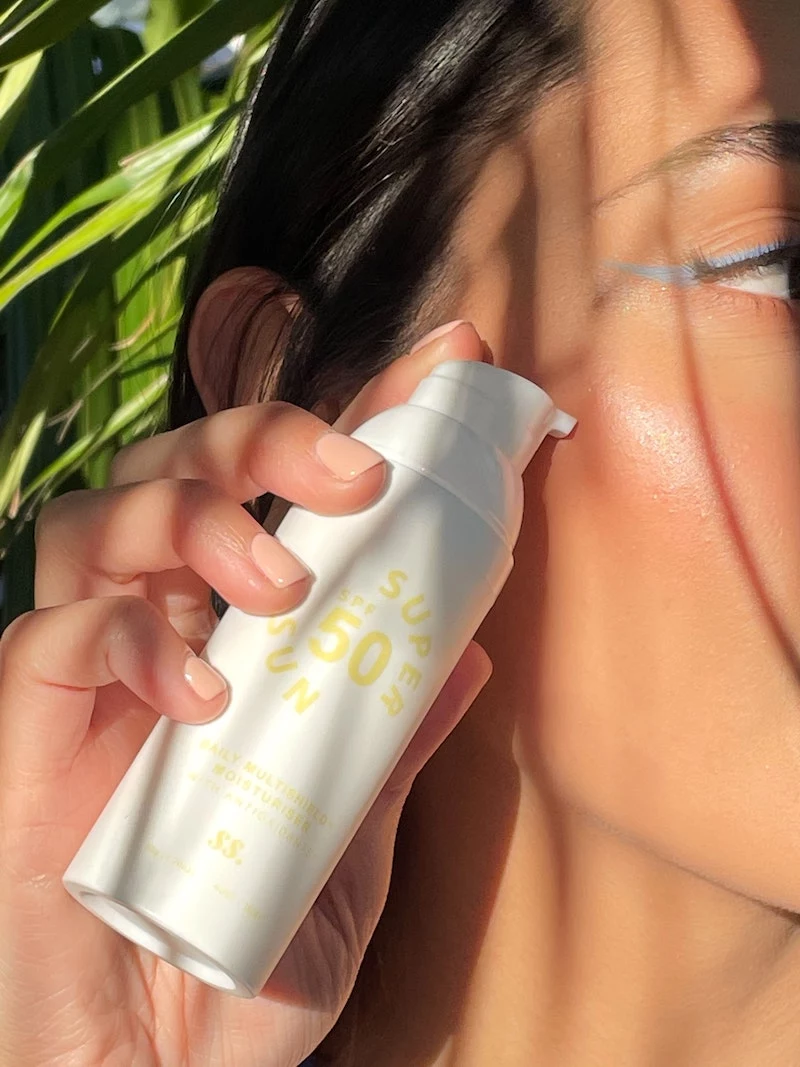
Morning (AM) Routine:
- Gentle Cleanser: Just wash off the night.
- Hydrating Serum: Apply your hyaluronic acid or other humectant to DAMP skin.
- Moisturizer: A simple lotion or cream to lock it in.
- SUNSCREEN: Non-negotiable. Use the two-finger rule!
Evening (PM) Routine:
- Cleanser: To wash off the day, makeup, and sunscreen.
- Treatment (2-3 nights/week): This is when you’d use your exfoliating acid (AHA/BHA) or a retinoid. Never on the same night! On other nights, just skip this step.
- Hydrating Serum: Same as the morning.
- Barrier Cream/Moisturizer: A slightly richer cream to seal everything in and help your skin repair overnight.
A Final, Realistic Thought
The quest for smooth skin should be about health, not some airbrushed version of perfection. The flawless skin you see in ads is the result of good lighting and Photoshop, not a skincare routine. Real skin has pores. Real skin has texture.
Be patient with yourself and your skin. It takes at least a month to start seeing results from a new routine, and more like 3 to 6 months to see significant change. Listen to your skin—if it feels irritated, pull back. Simplicity and consistency will always win. You’ve got this.

Inspirational Gallery
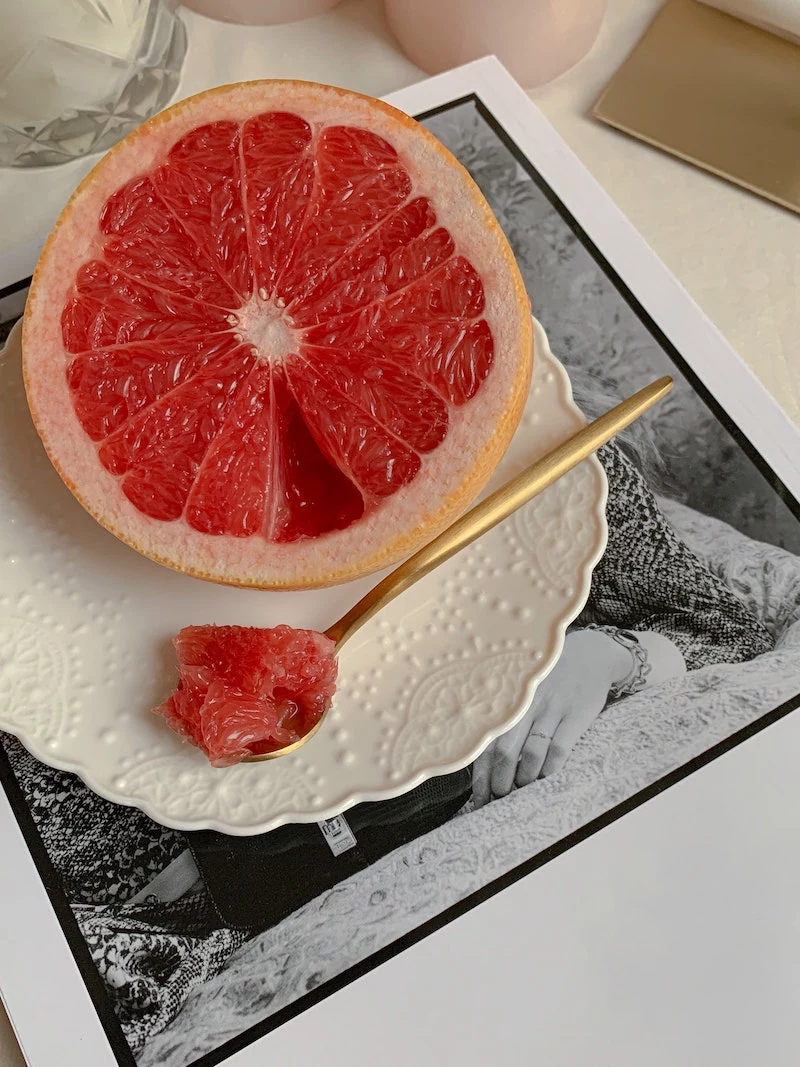

How do I choose between the popular chemical exfoliants?
It comes down to your primary skin concern. Think of it this way:
- AHAs (like glycolic or lactic acid) are water-soluble and work on the skin’s surface. They are your best bet for fading sun damage, reducing dullness, and smoothing fine lines. Ideal for normal-to-dry skin types.
- BHAs (like salicylic acid) are oil-soluble, allowing them to penetrate deep inside your pores. This makes them the hero for tackling blackheads, breakouts, and congestion. Perfect for combination-to-oily skin.
Many modern formulas, such as the cult-classic 2% BHA Liquid Exfoliant from Paula’s Choice, focus on one type for targeted results, while others blend them for a multi-level attack on texture.
A single molecule of Hyaluronic Acid can hold up to 1,000 times its weight in water.
While exfoliation clears away the old, hydration plumps up the new. When your skin is dehydrated, cells shrivel and create an uneven, crêpey texture. Applying a serum with multi-molecular hyaluronic acid, like NIOD’s Multi-Molecular Hyaluronic Complex, is like giving your skin a massive drink of water. It draws moisture into different layers of the skin, physically plumping cells from within. This creates a smoother, bouncier canvas and makes the results of your exfoliation even more visible.










